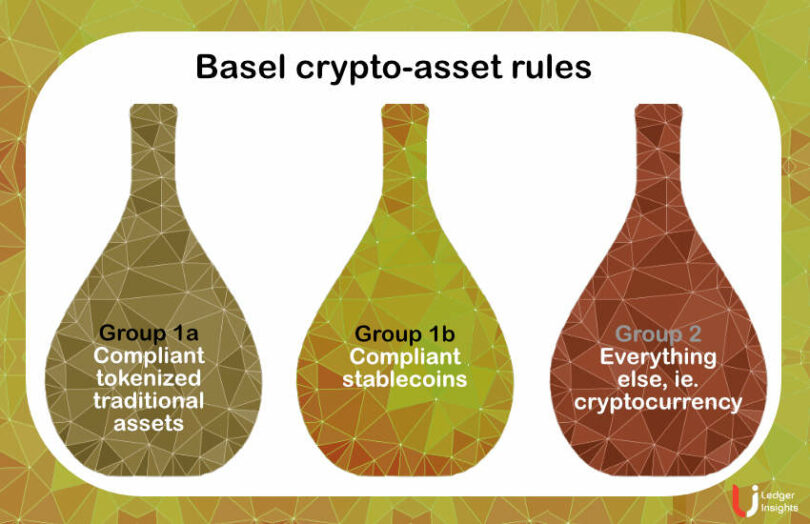During its latest meeting, the Basel Committee on Banking Supervision assessed the treatment of permissionless blockchains and stablecoin classifications. Last December, the Committee published the final rules for bank capital requirements when engaging with crypto-assets. It allowed most tokenized securities to be treated as low risk, similar to traditional securities.
However, the final publication had reservations regarding public blockchain. It stated in December, “The Committee will continue to reflect on whether the risks posed by cryptoassets that use permissionless blockchains can be sufficiently mitigated to allow for their inclusion in Group 1 (lower risk) and, if so, what adjustments to the classification conditions would be needed.”
The latest announcement yesterday implies that additional rules might be coming down the line for permissionless blockchains. The Committee said there would be a further consultation for ‘any potential revisions’. It added that the Committee assessed the eligibility criteria for Group 1 (lower risk) stablecoins without providing further details.
Banking interest in permissionless blockchains
Since the publication of the final Basel rules in December, there have been several moves by banks toward permissionless blockchains. Just yesterday, Swift announced a trial with more than a dozen institutions to experiment with public blockchain interoperability.
There has been the first bank-backed stablecoin issuance by a globally systemic bank, Societe Generale. However, it has yet to have any takers. Australia’s NAB also issued a stablecoin, and multiple Japanese banks are gearing up to do so.
Regarding digital securities, ABN Amro helped a client issue a bond on a permissionless blockchain. Germany’s DZ Bank and DekaBank invested in the Siemens bond issued on a public blockchain.
Banks – including the Chair of Italy’s banking association – have already argued that Basel puts them at a disadvantage compared to others regarding blockchain. In many cases, that’s compared to startups.
However, if there are restrictions on public blockchain tokenized securities, the challenge is that non-bank incumbents with whom they compete do not have such limitations. Several asset managers are taking an interest in tokenized securities, including on public blockchain, with the Siemens bond as an example. Franklin Templeton’s tokenized money market fund has surpassed $270m in assets under management. There’s a risk that any further rules make it uneconomic for banks to compete on the buy or sell sides when it comes to tokenization.






